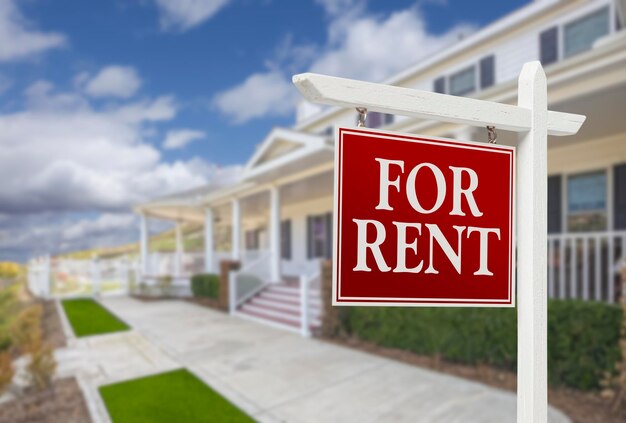Simplifying Your Address: How to Write an Apartment Address Correctly
Navigating the world of mailing addresses can be surprisingly tricky, especially when it comes to apartment addresses. Sending a letter or package to an apartment means including more detail than a simple street address. But with the right format, ensuring your mail reaches its destination becomes a breeze. Here's how you can correctly write an apartment address and avoid common pitfalls.
The Correct Format
Writing an apartment address is all about following a specific structure to ensure clarity and consistency. Here is an easy-to-follow format:
- Recipient Name: Always start with the name of the person who will receive the mail.
- Street Address: Follow this with the street address.
- Apartment Designation: This can be included in the same line as the street address or on a separate line. Use "Apt" for apartment, followed by the number, like this:
- 123 Main St Apt 4B or
- 123 Main St Apt 4B
- City, State, and ZIP Code: Check to ensure the city and state names are spelled correctly and add the ZIP code at the end. For example:
- Springfield, IL 62701
By adhering to this format, you mitigate the risk of delivery errors, ensuring that your mail arrives promptly.
Common Mistakes and How to Avoid Them
Using Incorrect Abbreviations: While abbreviations such as "St" for street, "Ave" for avenue, or "Blvd" for boulevard are acceptable, "Apartment" should be abbreviated as "Apt" to maintain uniformity and avoid confusion.
Ignoring Postal Standards: The U.S. Postal Service recommends writing addresses in capital letters and without punctuation. Although often overlooked, this practice can aid in speedy processing:
- JOHN DOE
- 123 MAIN ST APT 4B
- SPRINGFIELD IL 62701
Ensuring precision in these small details can help ensure faster delivery and avoid returned mail.
Beyond Addresses: Financial Opportunities for Apartment Dwellers
Knowing how to write your address correctly is just one piece of the puzzle. Living independently often goes hand-in-hand with financial responsibilities. Here’s a glimpse at some resources that can ease your financial burdens or open up new opportunities:
Rent Assistance Programs: Many cities have programs to help renters make their monthly payments. Look into local government initiatives designed to provide aid to tenants in need.
Utility Subsidies: Some government and non-profit programs offer assistance for utility bills, making it easier to manage monthly expenses.
Educational Grants: Consider applying for educational grants if you're pursuing higher education. These can significantly reduce the financial strain of tuition.
Credit Card Solutions: If credit card debt is a concern, explore options with zero-interest balance transfers or offers that promise competitive interest rates.
Debt Relief Options: For those struggling with overwhelming debt, seeking guidance from financial advisors or credit counselors can be invaluable. Exploring debt consolidation or relief programs can provide a viable path forward.
Job Training and Skill Workshops: Often provided by community organizations, these programs can enhance your skill set and, ultimately, increase earning potential.
By staying informed and taking advantage of these resources, apartment living becomes not just affordable, but an exciting step toward a financially secure and independent future.
Quick Reference: Financial Resources
- 💸 Rent Assistance: Local government programs
- 💡 Utility Help: Non-profit subsidies
- 🎓 Grants: Educational fund opportunities
- 💳 Credit Solutions: Low-interest offers
- 🔄 Debt Relief: Consolidation programs
- 🛠️ Job Training: Community workshops
Taking the steps to write your apartment address correctly and exploring these financial resources can lead to greater peace of mind and open new doors to opportunities. Whether you're sending a letter or planning your financial future, a bit of insight goes a long way.
